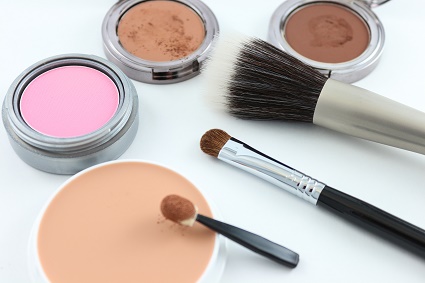Your cart is currently empty!

Demographics for Cosmetics Companies
Creating your buyer persona is an essential step in your content marketing strategy. Traditionally, demographics like age, ethnicity, and gender have been key factors in customer personas. Increasingly, we look at behavior when we build a persona. But for cosmetics companies, demographics continue to be important.
Do demographics really matter?
In the past, demographics could often be a substitute for real information about customer behavior. You could assume that teenagers would worry about their complexions and older women would worry about their wrinkles. That meant you could market your acne creams toward teens and your wrinkle cream toward their moms.
That’s a simple example, and demographic information might work fine in that case. But marketing demographics often include a lot of assumptions that are no longer necessary. For example, you might think that women 25-35 are the ones who look for children’s OTC medications. Since digital marketing allows you to market to people who are looking for children’s OTC medications, though, you don’t have to worry about their gender or their age.
Your marketing can focus on doing what works with consumers who are actually searching for or buying specific goods and services — regardless of their demographics.
What about cosmetics?
Cosmetics choices are often about color and texture, so cosmetics companies may need to focus on age and ethnicity in their buyer personas. A formulation for one age group or skin color may simply not work for another. It makes sense to target a certain age and ethnicity for certain cosmetics.
But it’s more complicated than that. For example, a Nielsen study of Hispanic consumers found that those who choose to speak Spanish more often made different cosmetics choices from those who usually choose to speak English. So, while it may seem obvious that a product made to appeal to Latinas should be advertised in Spanish, it ain’t necessarily so. Offering one product to people who search in Spanish and another to people who search in English might be a better choice.
Another Nielsen study tells us that Asian American women are less price sensitive about cosmetics and more brand conscious. These consumers are also more likely to be early adopters of tech products and they download more and use more online content than other groups in the U.S. If you’re creating a foundation for Asian-American women, you might want to go with downloadable coupons for free samples to build trust, or with extensive video content at your website… but this once again is information about behavior, which you might just as easily have seen in your own web analytics.
Your next steps.
- Use market research as well as your own experience to identify your ideal target customer’s buying patterns. But think of that as a hypothesis. Use your own data to identify the behaviors your customers show… and be ready to make changes if you’re off target.
- Avoid stereotyping, but include images your target customers can relate to. Your product designed for the mature African-American woman will not do as well if your packaging features Middle Eastern teens. Choose images that you think will resonate with your target market — and use A/B testing to make sure you’re correct.
- Multicultural imagery is now the norm in American media. If you’re tempted to narrow your focus to a specific cultural group, make sure you have a good reason. This is another good place for A/B testing.
In short, use your data about consumer behavior, even when you have a good reason to focus on particular demographic groups. Then use your demographics data to make sure you’re drawing the audience you think you are.
by
Tags:

Leave a Reply